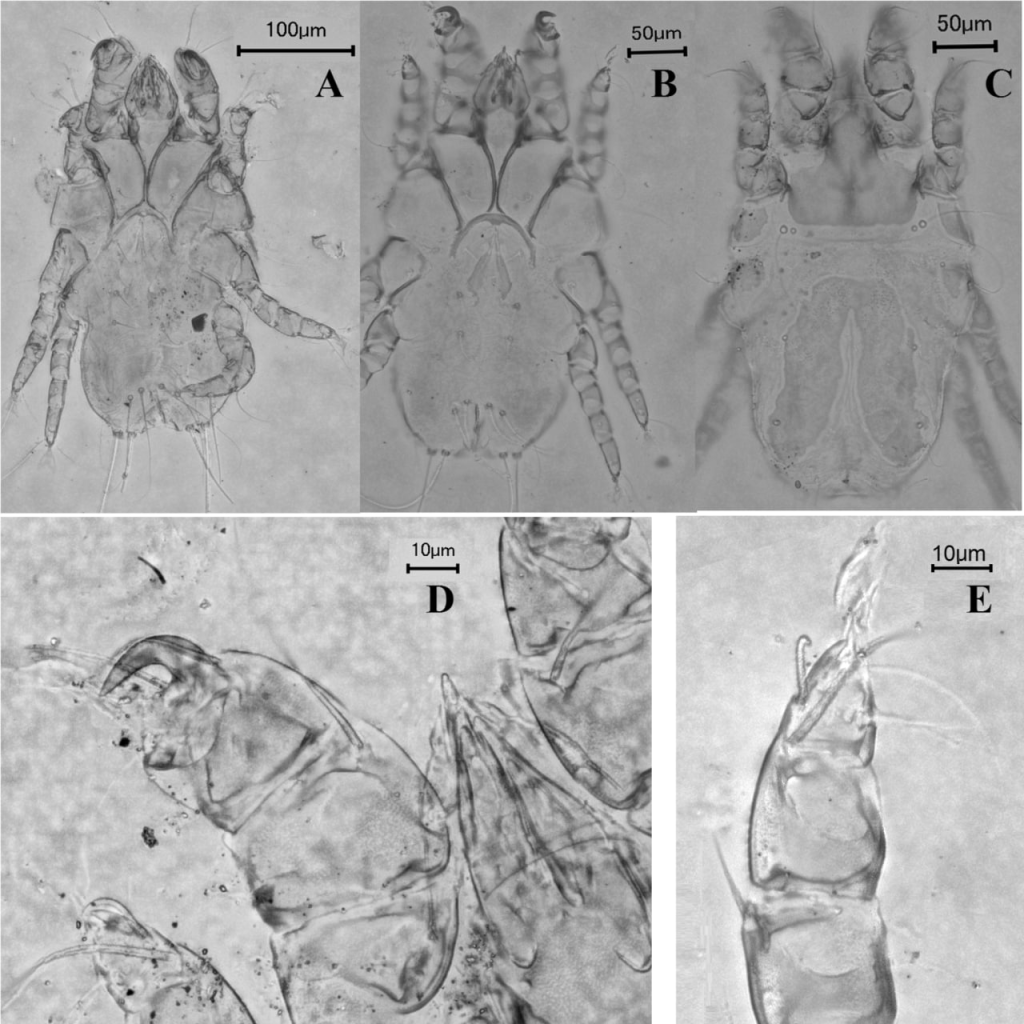
For the first time in Russia, a skin mite Promyialges italicus from the Epidermoptidae family was discovered by researchers. This will enable a deeper study of its distribution and faunal composition. The study is conducted by the staff of the A.N. Severtsov Institute of Ecology and Evolution RAS.
Feather mites of the Epdermoptidae family are persistent ectoparasites whose developmental stages are entirely on the skin of host birds. Some of their representatives, belonging to the subfamily Epidermoptinae and all genera of the subfamily Myialginae, have biological connections with bloodsucking flies Hippoboscidae, which parasitize birds, and less often with the lice Phthiraptera.
Fertilized female ticks use flies and lice to disperse and infect other hosts. Attaching to these parasitic insects, female ticks either use them only for transfer to a new host individual, laying eggs on the cuticle around the attachment site in the process of moving, or additionally feed on the hemolymph (blood) of insects, biting through the cuticle of the abdomen.
The species Promyialges italicus was first described only in 2019 in Italy, and so far little has been studied. Now it was first discovered in our country on the wings of a fly from a domestic pigeon that died from psittacosis.
“The faunistic composition of ticks from this group in Russia is poorly understood, despite their veterinary significance. Neither is the exact species composition nor the distribution of representatives of this family. This article is only part of the preparatory stage for other studies of both ticks and flies with which these ticks are associated,” said Alexandra Yatsuk, junior researcher at the Laboratory of Soil Zoology and General Entomology, IEE RAS.
The article published in the journal Acarologia.
Photo: skin mite Promyialges italicus
Materials:
МК: "В Москве найден новый вид клещей, живущих на голубях"
Вести Московского региона: "В Москве нашли новый вид клещей, живущих на голубях"
